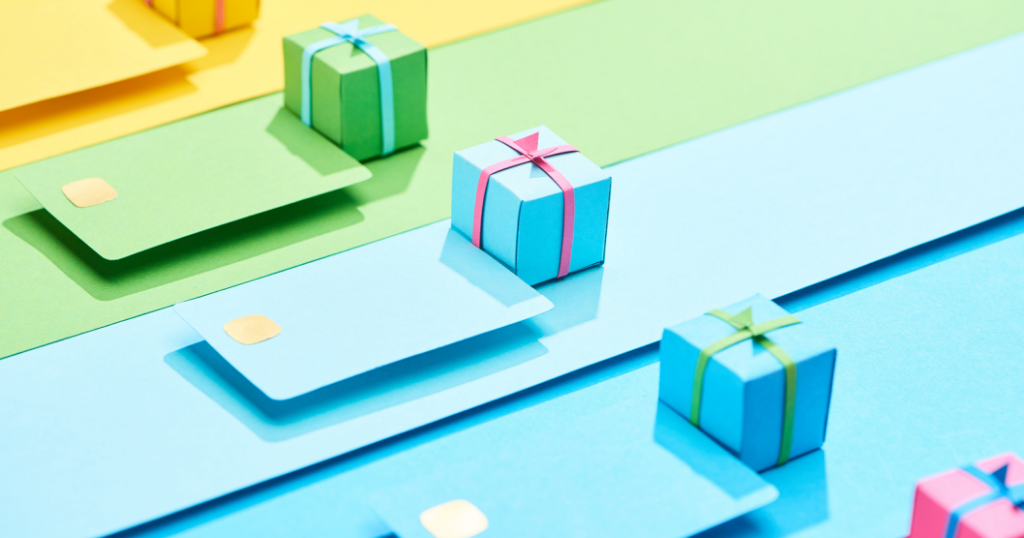
Saving money can be tough, particularly if your budget is already tight. Saving for a rainy day, however, is an important part of any budget plan. Just as surely as the sun will rise and set each day, rainy days that classify as financial emergencies will also arise. Having a little money set aside to help when emergencies pop up is a wise choice, and the great news is that no matter the size of your budget, you can find ways to save a few dollars to add to your emergency savings that will add up quickly.
Saving for Emergencies
There are different thoughts among experts about the meaning of a rainy day fund vs emergency fund. Many people classify these as separate types of savings. An emergency fund is typically defined as savings for unexpected events that you just didn’t see coming or savings that will cover your living expenses1 for up to half a year or even a full year in the event of major financial distress. A rainy day fund is often described as a fund that will cover expenses that you know will come up eventually but that wouldn’t be a part of your monthly budget plan because it’s a matter of when not if the expense will occur. However, at the end of the day, most expenses can be expected. If you own a car, repairs will be required at some point. Own a house? You can bet your bottom dollar you’ll have to pay for some sort of crazy repair at some point. Even medical emergencies, job losses, and disabilities are part of life for many people each day, so tucking away money to help if that were to happen to you isn’t an idea that is totally out of left field. Unfortunately things can and will happen.
To keep things simple throughout this article, rainy day funds and emergency funds or emergency savings will be referred to interchangeably. It’s important to create a habit of saving regularly before breaking down the types of savings accounts you maintain. If you’re a savings pro, you may want to separate the emergency funds from the rainy day funds. However, if you’re just starting out, it doesn’t matter what you call your funds as long as you’re saving them.
As you prepare to build a rainy day fund or emergency fund, take stock of your current expenses,2 your liabilities such as your home or vehicles, and consider your past expenses and the things that have popped up “unexpectedly” over the years. You’ll also want to assess your budget and find ways to cut back to free up funds for savings if you do not have a surplus that you can seamlessly allocate for savings. Even just a few dollars a week can add up very quickly. Let’s say you skip one takeout meal per week and bank $10. In one year, you will save $520, and in two years you’ll save $1040! That’s what I call a great start to your rainy day fund. If you start thinking about your rainy day fund as a reward for your hard work instead of something you must sacrifice to build, you will notice that your results will start to grow exponentially. Eventually, you’ll have a line item in your budget for savings that will be non-negotiable each month. When this happens, your savings account can really start to grow into a healthy account that sets you up for future success and even more importantly peace of mind.
Saving Methods and Tips
Each person has to find the saving method that works best for their lifestyle, budget, and abilities. Personally, I transfer money out of my checking account right after being paid and place part of it safely into a high yield savings account and part of it into an investment account. It took many years for me to fine tune the savings methods that work best for my family, and I admit that years ago saving money for emergencies was something I failed at. If you’re not currently saving any money, don’t worry. You can start now! You could start today, in fact. If you have an extra $5 available, simply stash that cash in an envelope and tuck it away somewhere until you can get it to the bank. Add a few dollars any time you think of it.
Saving a portion of your paycheck, perhaps a dollar amount or a percentage, may feel like the most doable option for you. For me, saving in this manner helps because I am able to put the money aside before I have a chance to spend it. Out of sight, out of mind is the best method for me because I have a tendency to allow money to burn a hole in my pocket.
Saving a little bit each day, week, or month in cash and then putting the money in an account later is a better option for some people. This method is reminiscent of the days when a piggy bank served as your holding spot for all of the money you stashed away to buy an item that you wanted but didn’t need. For some people, cash in hand has a psychological effect and seeing a stack of cash growing can help motivate them to keep going. However, is saving money in a physical location vs sticking those dollars in a savings account at the bank the best option for your long-term goals?
Savings Accounts vs The Sock Drawer
Emergency savings can build quickly when you’re focused on cutting unnecessary expenses and building a bit of security for the future. While saving money and sticking it in an envelope or a drawer sounds like a great idea, particularly if you’re a person who needs that tangible motivation to keep going, in the long run it’s better to utilize a bank. Stick your money in a savings account, a high-yield bank account, or perhaps even a money market account4 if you’re wanting to watch your savings grow and keep your funds safe and secure. Always do your due diligence when choosing a bank and the account type that is best for your situation and goals. A banker can help if you need guidance. Keep in mind that banks backed by the FDIC6 are insured, meaning your money is as safe as it possibly can be. Nothing in life is guaranteed, of course, but a bank is a safer bet than keeping cash in your home which could be lost in a robbery, a fire, or less dramatically in a weak moment when buying something unnecessary feels like more fun than continuing with your savings plan. Making sure that your savings are being held somewhere that is stable and somewhere that is easily accessible5 aka liquid, is key to a successful savings account. You should have access to the funds when they’re needed, even with just a moment’s notice, and you want your money safe.
Saving for Sunny Days
Saving for emergencies is an important part of a healthy budget plan, but what about days when the sun is shining, and you just know you deserve something shiny and new? Saving money regularly is a great goal, so add in savings for things that you want not just things that you need. A sunny day savings account is meant to help pay for things like vacations, events, and bigger unnecessary purchases.3 As you grow into your habit of saving each month or week for emergencies, you can add a little more to the savings and allocate those funds to your sunny day savings account. You’ll be surprised how quickly you can meet your savings goals. Create a plan, visualize the item or experience you want to pay for, and get rolling towards your goal.
As you’re working towards these goals, if you find yourself short on cash and in a pinch, you can count on CheckSmart to provide loan options that fit the bill. We’re always here to help, and our team can walk you through the application process in store. No matter what your goals are and no matter how long it takes for you to succeed, we’re always rooting for you!
Sources:
1Ruth Sarreal and Amber Murakami-Fester (2022, Jun 16). Rainy Day Fund: What It Is and Why You Need One Retrieved from: https://www.nerdwallet.com/article/banking/why-you-should-save-a-rainy-day-fund-and-an-emergency-fund
2McMillin, David (2022, Jan 12). Rainy day fund: Definition, purpose, how much to save, where to keep it Retrieved from: https://www.bankrate.com/banking/savings/what-is-a-rainy-day-fund/
3Brancato, Kat (2023, Jan 18). Why You Need a ‘Sunny Day’ Savings Fund Retrieved from: https://www.realsimple.com/work-life/money/saving/sunny-day-savings-fund
4Cautero, Rachel Morgan (2021, Oct 23). Rainy Day Fund vs. Emergency Fund-Do You Need Both? Retrieved from: https://www.thebalancemoney.com/do-you-need-a-rainy-day-fund-and-an-emergency-fund-4178821
5Carlson, Debbie (2023, Mar 24). Set up your emergency fund: Saving for a rainy day Retrieved from: https://www.britannica.com/money/setting-up-emergency-fund
6Federal Deposit Insurance Corporation Retrieved from: https://www.fdic.gov/
Jessica is hyper-focused on making information about the Personal Loans offered by CheckSmart including Payday Loans, Installment Loans, and Title Loans accessible and easy to understand. Learning the basics about finances shouldn’t be complicated after all! The key to responsible borrowing is understanding the loans you’re considering, and it’s Jessica’s mission to help anyone considering a loan make an informed decision. Jessica is passionate about sharing easy-to-follow Budgeting Tips and helping readers increase their financial literacy in the Financial Corner of the blog. You’ll find great budgeting tips, Simplified Savings tips, and information that will help you improve your financial wellness sprinkled throughout each of her blogs.


